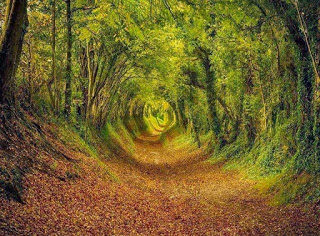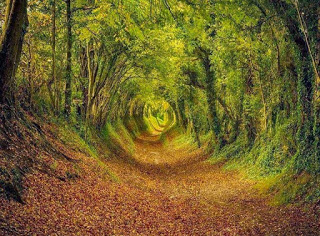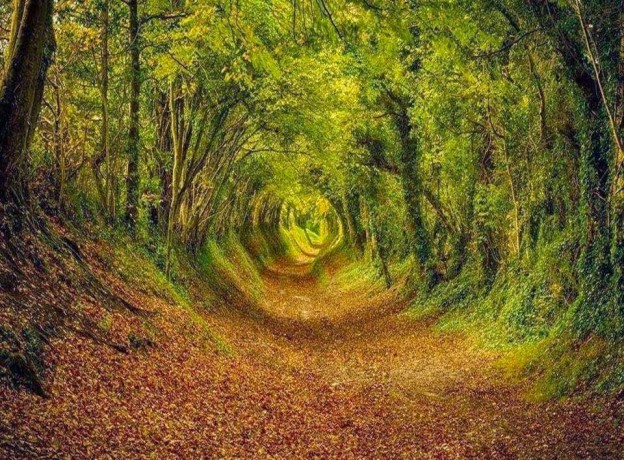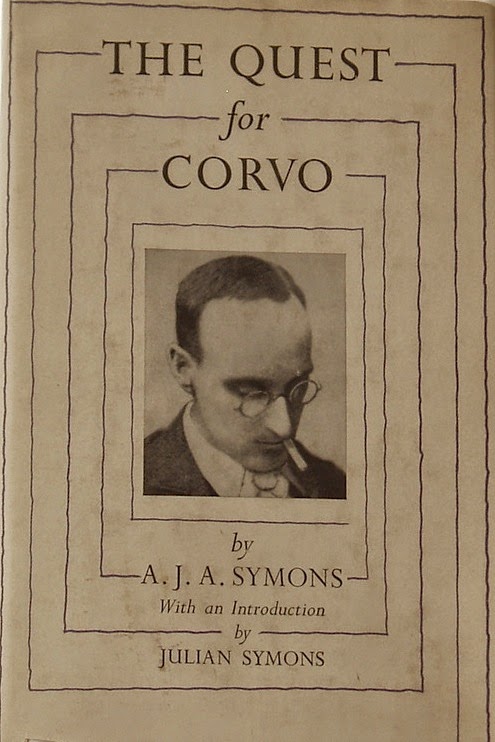
Found in A Fitzgerald Medley (Methuen, 1933) an excerpt from a letter by Fitzgerald (the translator of Omar Khayyam) that he sent to his friend Frederick Tennyson in January 1841. Charles Ganz, the editor of the anthology, includes this in the introduction to a piece Fitzgerald wrote for children - a version of Dickens's Little Nell in simple language for children. The letter reads:
I have just concluded, with all the throes of imprudent pleasure, the purchase of a large picture by Constable*, of which, if I can continue in the mood, I will enclose you a sketch. It is very good:but how you and Morton would abuse it! Yet this, being a sketch, escapes some of Constable's faults, and might escape some of your censures. The trees are not splashed with that white sky-mud, which (according to Constable's theory) the Earth scatters up with her wheels in travelling so briskly round the sun; and there is a dash and felicity in the execution that gives one a thrill of good digestion in one's room, and the thought of which makes one inclined to jump over the children's heads in the streets. But if you could see my great enormous Venetian picture you would be astonished.
Does the thought ever strike you, when looking at pictures in a house, that you are to run and jump at one, and go right through it into some behind-scene world on the other side, as Harlequins do? A steady portrait especially invites one to do so: the quietude of it ironically tempts one to outrage it: one feels it would close again over the panel, like water, as if nothing had happened.
Ganz comments: "This fantastic idea reminds us of Lewis Carroll in Through the Looking Glass and what Alice found there. Carroll wrote his story. Fitzgerald played with the idea and let it slide. One cannot help regretting that he never wrote an original story for children, but we must rejoice that Little Nell's Wanderings, the result of the efforts of two men of genius is left to us."
*Not sure what this picture was. I can find no paintings of Venice by Constable. It would of course be excessively valuable now. He is known to have bought two Constables in 1842 that sold for healthy sums when he died in 1876. The cover of the book is by Frank Brangwyn.

























